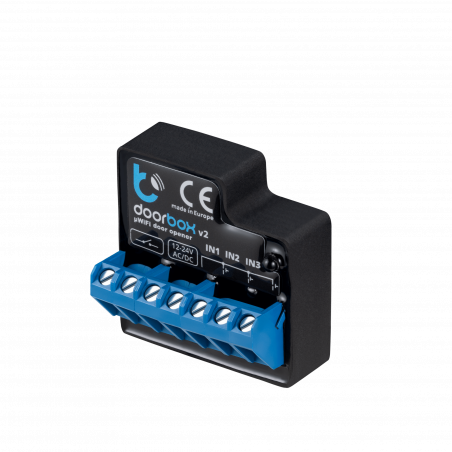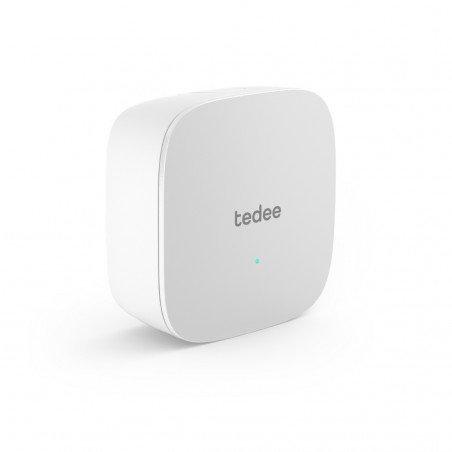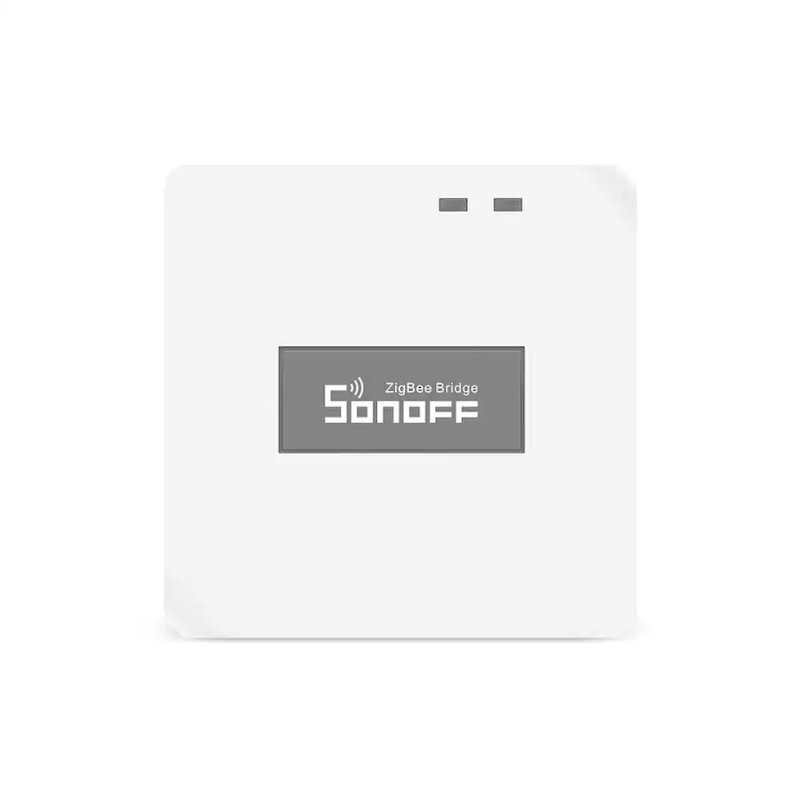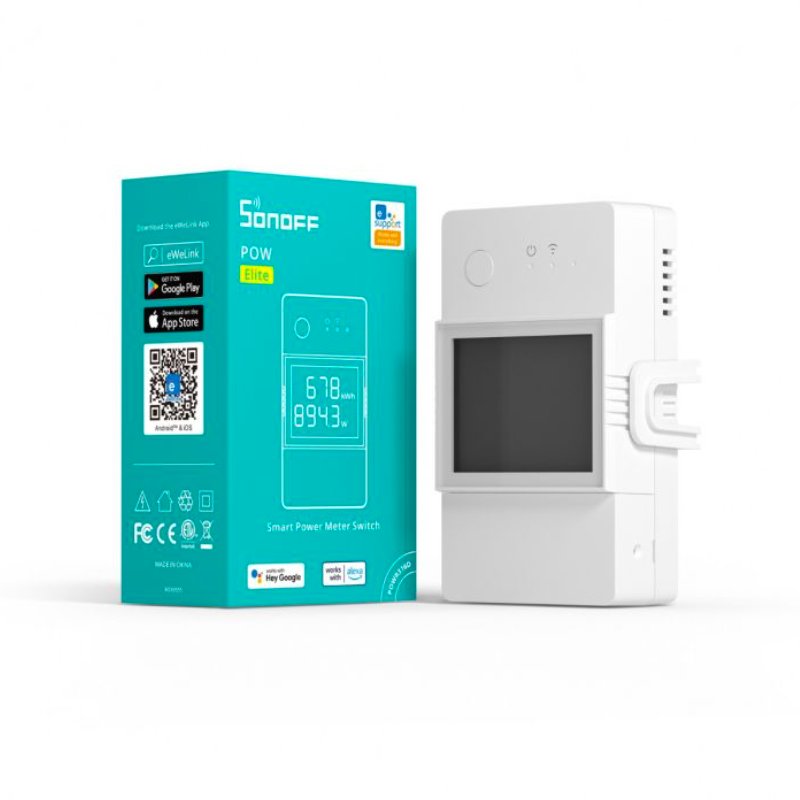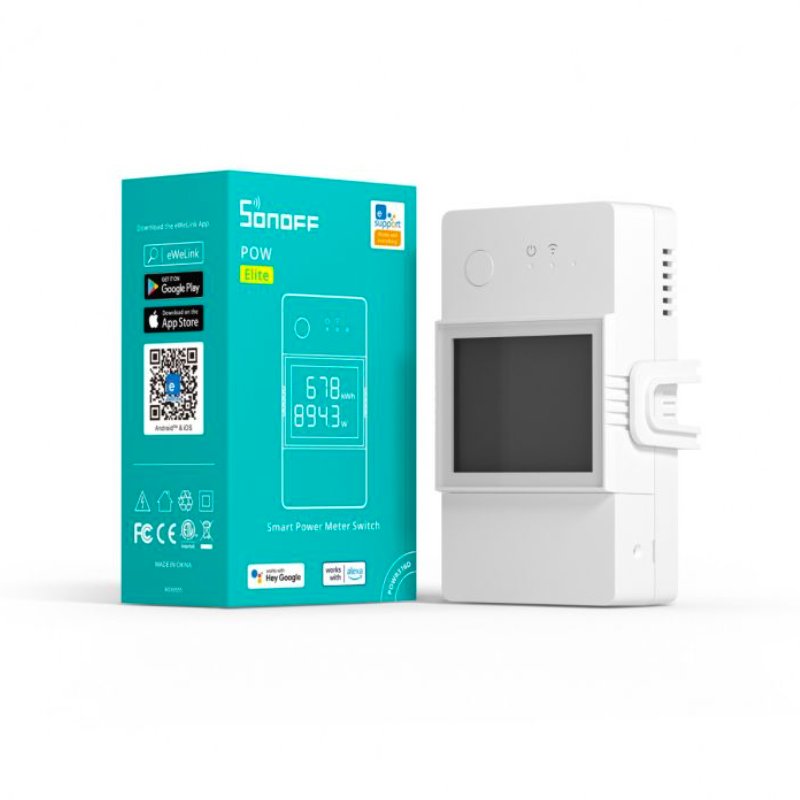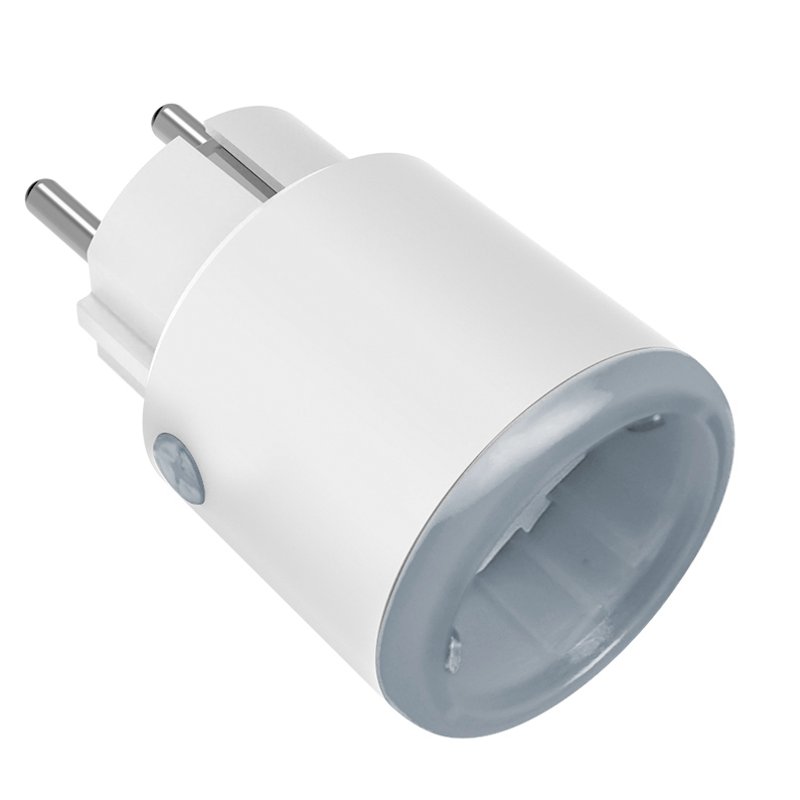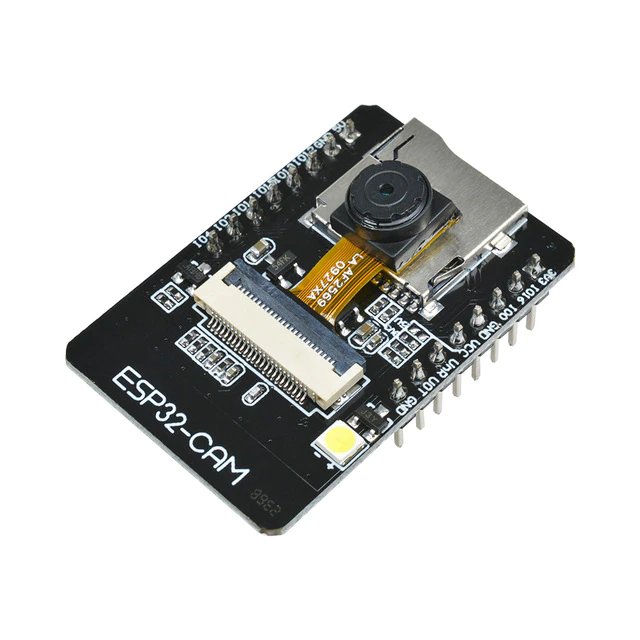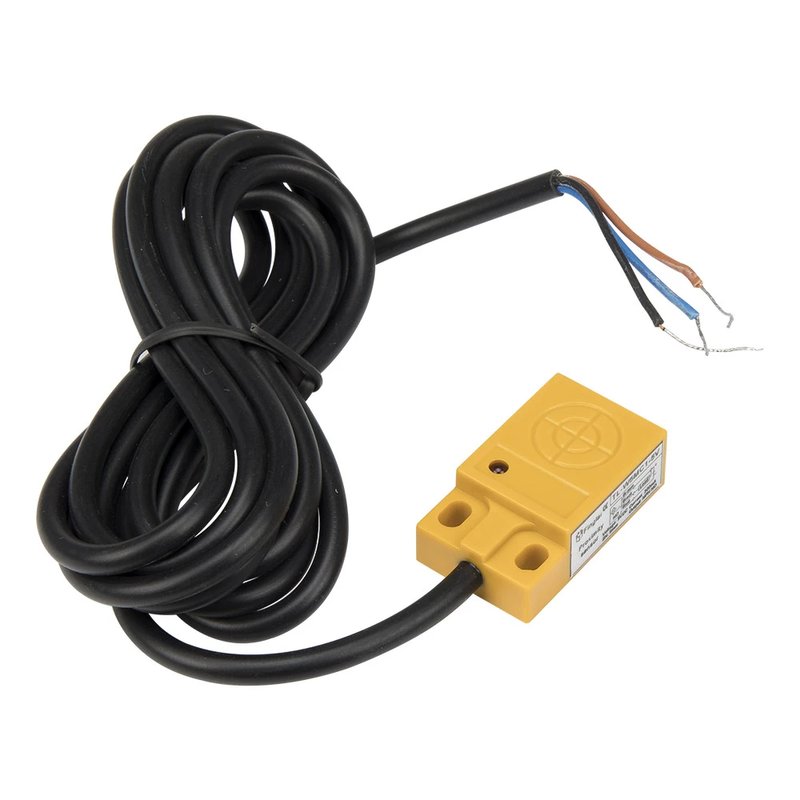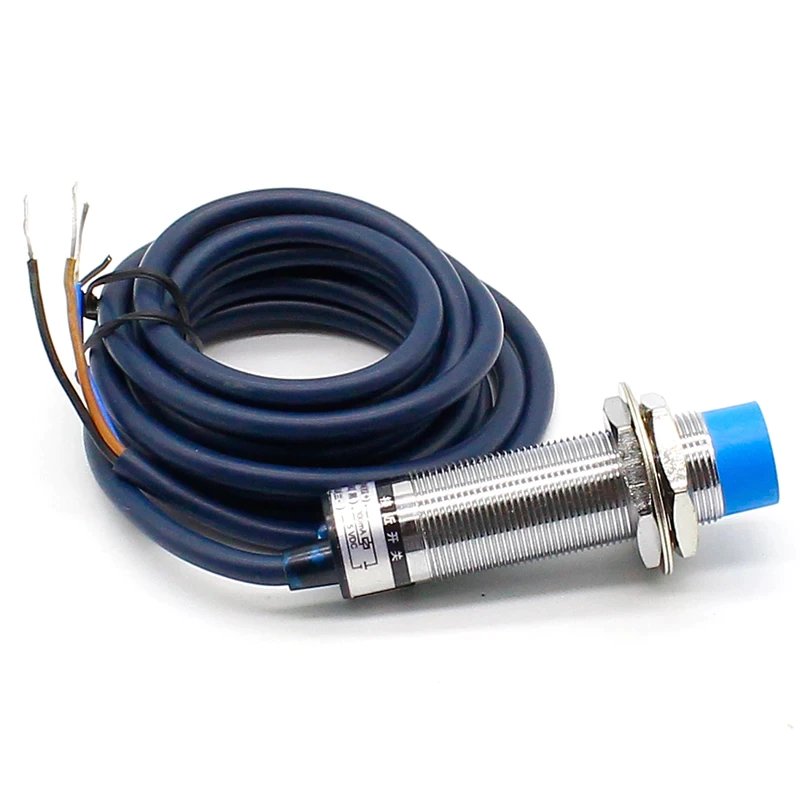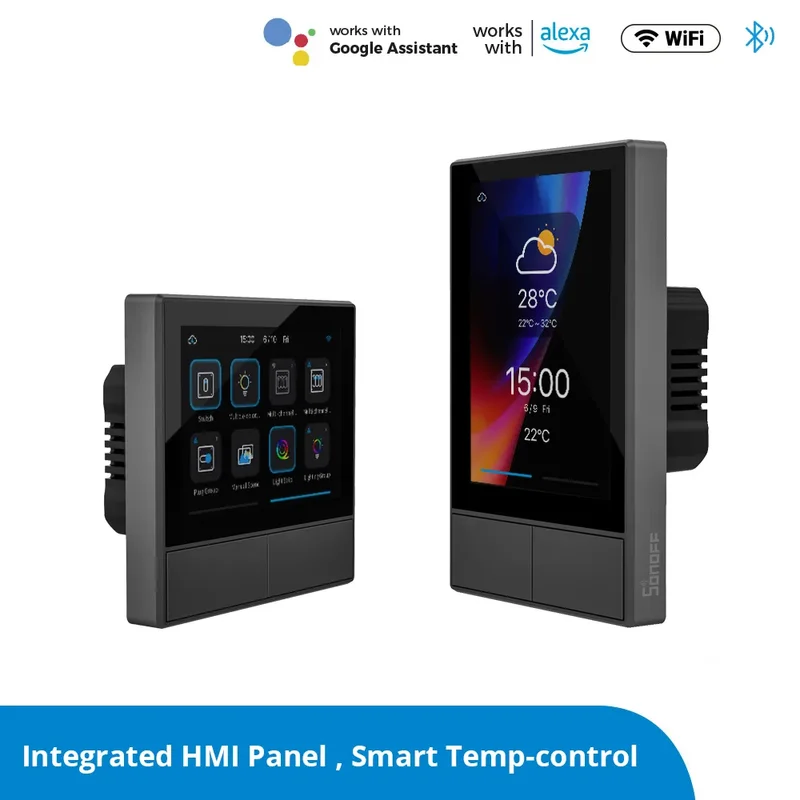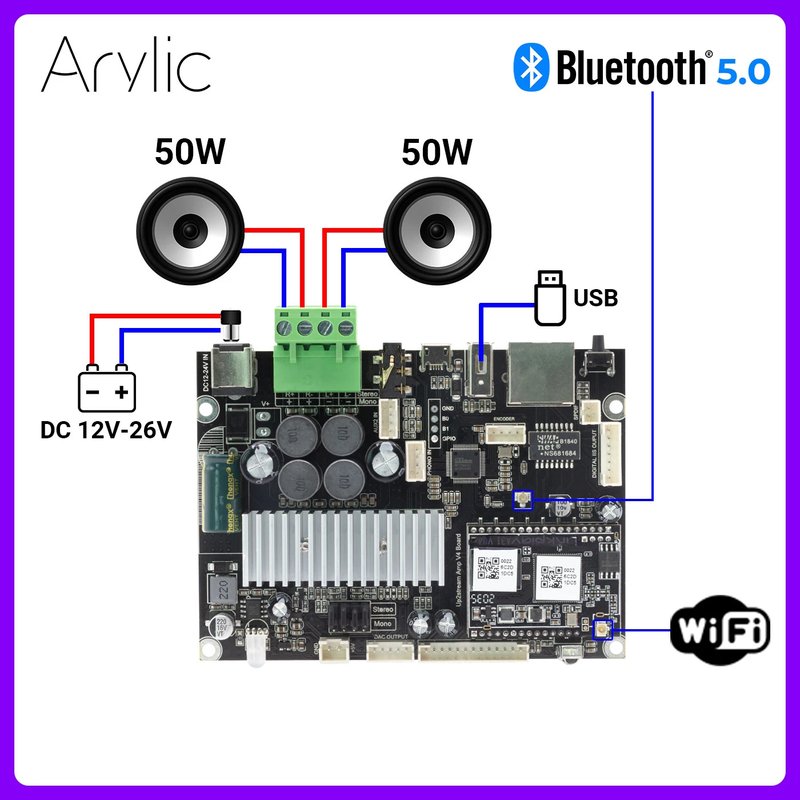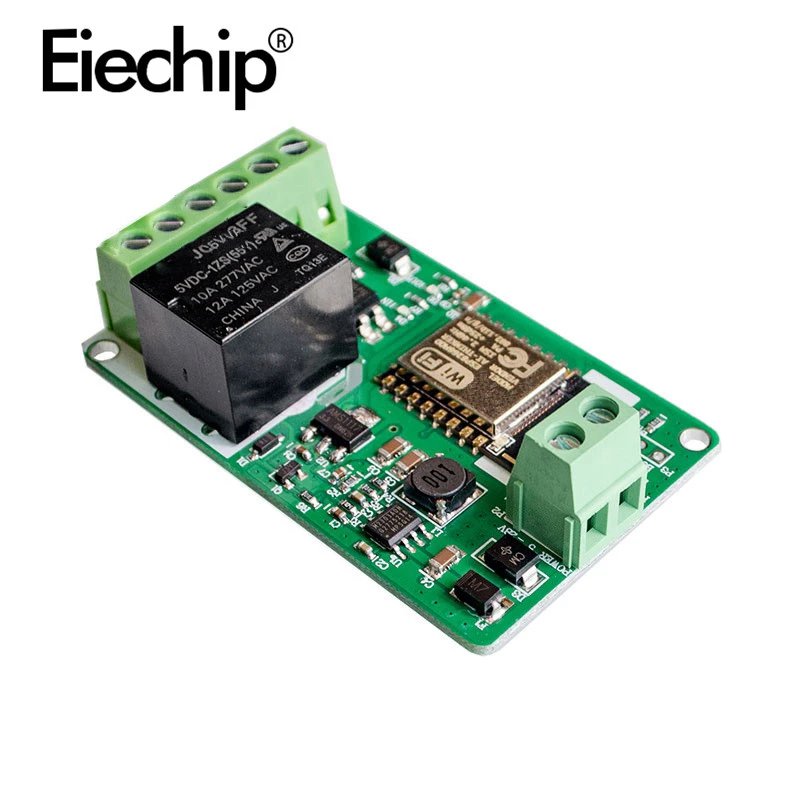Wifi
The main difference of the Wi-Fi standards developed from 2009 is the use of the two frequency bands 2.4 GHz and 5 Ghz. The 802.11n standard thus made it possible to allocate bandwidth according to the use of each device. For example, a computer requiring a better connection would be allocated the 5 GHz bandwidth, and therefore benefit from a...
CONNECTED RELAY MODULE - BLEBOX compatible TEDEE
Replace your remote controls, cards or keys with your cell phone. Make your lock relays connected with the Tedee Relay Module and experience the total freedom and ease of keyless...
TEDEE - BRIDGE BLUETOOTH/WI-FI
The tedee bridge connects to your connected lock via Bluetooth and to the internet via Wi-Fi: like a bridge connecting your lock and the network. Using a bridge allows you...
LOCAL IHOST HOME AUTOMATION BOX ZIGBEE 3.0 WIFI 2GB - SONOFF
iHost Smart Home Hub is a private local server for your smart home system, it can not only realize local connection and control of devices and scene linkage, but also...
IHOST LOCAL ZIGBEE 3.0 WIFI 4GB HOME AUTOMATION BOX - SONOFF
iHost Smart Home Hub is a private local server for your smart home system, it can not only realize local connection and control of devices and scene linkage, but also...
SONOFF - ZIGBEE 3.0 HOME AUTOMATION BOX / WIFI PRO
SONOFF Zigbee Bridge Pro is the updated Zigbee bridge that allows you to manage up to 128 sub-devices with greater capacity and stability, pluggable devices can act as Zigbee routers...
SONOFF - 16A SMART POWER METER SWITCH WITH POW ELITE DISPLAY
SONOFF POW Elite is a power meter switch, a newly upgraded ESP32 chip that is 200% faster than the previous ESP8622 chip. With an LCD display, it can track your...
SONOFF - 20A SMART POWER METER SWITCH WITH POW ELITE DISPLAY
SONOFF POW Elite is a power meter switch, a newly upgraded ESP32 chip that is 200% faster than the previous ESP8622 chip. With an LCD display, it can track your...
NEO - WIFI MATTER 16A SMART SOCKET (SCHUKO VERSION)
Control your socket anywhere in the world With the NEO WIFI MATTER smart plug, control a traditional electrical device remotely, via your smartphone or by voice using voice assistants.
NEO - WIFI MATTER 16A SMART SOCKET (ENGLISH VERSION)
Control your socket anywhere in the world With the NEO WIFI MATTER smart plug, control a traditional electrical device remotely, via your smartphone or by voice using voice assistants.
camera esp32 ai-thinker
Description: The ESP32-CAM features a very competitive small form factor camera module that can operate independently as a minimum system with a footprint of only 2740.54.5mm and deep sleep current...
wemos mini D1 pro esp module with antenna
New with this wemos D1 mini Pro
5v flat inductive sensor TL-W5MC1-5V for water meter
TL-W5MC1-5V flat shape inductive proximity switch, 30x18x10.5mm, DC NPN NO 5VDC, working voltage 5V, special for MCU.
5v inductive sensor LJ18A3-8Z/BX for water meter
M18 inductive proximity sensor, 8mm, DC 5V NPN, no cylinder/switch, working voltage 5VDC, special for MCU.
Sonoff NSPANEL
The NSPanel Smart Scene Wall Switch is equipped with a built-in powerful thermostat and environmental sensors. You can set different indoor temperatures for different time periods, and NSPanel will automatically...
Grow R503 - Fingerprint sensor
The Grow R503 can collect 200 fingerprints, the recognition rate is high whatever the conditions (dry or wet finger, fine texture or marked texture). It can be easily integrated into...
Multiroom upstream anp v4
Still running cables around your audio system? Want to listen to music on the Internet? The Up2Stream AMP v4 Wifi and Bluetooth amplifier board is perfect for you. You can...
ESP8266 relay 7-30v ESP-12F
With ESP8266 WiFi module, 4-layer board design. Input overvoltage protection, input with TVS, when the voltage exceeds 33V, the automatic protection works. Input overcurrent protection. Relay 220V 10A, 125V 12A...
colorvu camera hikvision protocol
Chinese colorvu cameras integrating the hikvision protocol are really impressive value for money.
